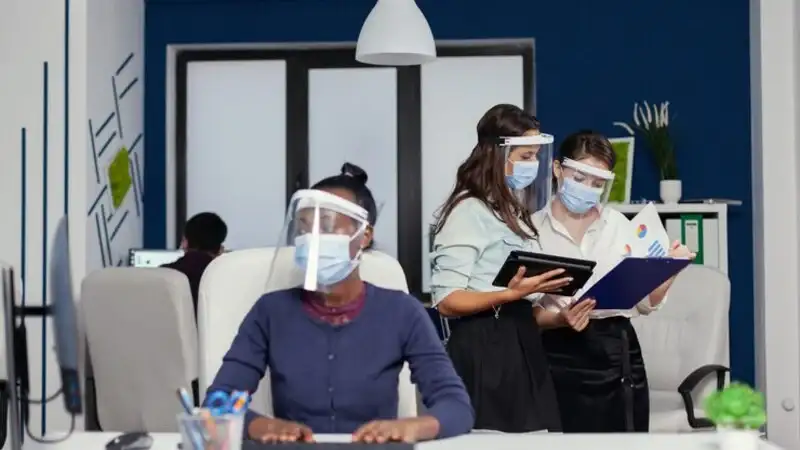Certain tools and resources are indispensable for delivering quality patient care in the healthcare industry. Among these, healthcare gases are pivotal in various therapeutic and diagnostic procedures. These gases are used extensively across different medical settings, providing critical support in emergencies and routine treatments.
If you want to understand how medical equipment like healthcare gases help in medical treatment, you need to know about the diverse applications of different gases and the benefits that they offer. From life-saving interventions to enhancing patient comfort, these gases are a cornerstone of modern medicine. Proper use and management are crucial for ensuring patient safety and effective treatment outcomes.
1. Oxygen: The Breath of Life
Oxygen is arguably the most recognized and vital healthcare gas. It is essential for cellular respiration and is used extensively in respiratory therapy. Patients suffering from conditions like chronic obstructive pulmonary disease (COPD), asthma, and pneumonia often require supplemental oxygen to maintain adequate oxygen levels in their blood. In emergencies, oxygen is administered to patients experiencing trauma, heart attacks, or severe infections. Its availability in hospitals and ambulances is critical for saving lives and stabilizing patients in critical conditions.
2. Nitrous Oxide: Pain Relief and Sedation
Dentists widely use nitrous oxide, commonly known as laughing gas, for its analgesic and soothing properties. They frequently administer it during dental procedures to help patients relax and manage pain. Additionally, doctors utilize nitrous oxide in minor surgical procedures and childbirth to alleviate pain and anxiety. This gas works by depressing the central nervous system, providing a calming effect without needing more potent anesthetics. Its safety and efficacy make nitrous oxide a valuable tool in various medical settings.
3. Carbon Dioxide: Diagnostic and Therapeutic Applications
Carbon dioxide is used in minimally invasive surgical procedures, such as laparoscopy, to inflate the abdomen and provide a clear view of the surgical area. Respiratory therapy employs this gas to stimulate breathing in patients who struggle to breathe independently. Additionally, some diagnostic tests utilize carbon dioxide to measure lung function and blood flow. Its versatility underscores its importance in both therapeutic and diagnostic contexts.
4. Helium: Facilitating Breathing and Imaging
Helium, often mixed with oxygen to create a blend known as Heliox, assists patients with respiratory issues. Helium’s low density allows it to flow more easily through narrowed airways, reducing the effort required for breathing in patients with asthma or bronchitis. In medical imaging, MRI machines use helium to cool the superconducting magnets. The unique properties of helium make it indispensable in both therapeutic and diagnostic applications.
5. Nitrogen: A Versatile Gas in Healthcare
In healthcare settings, people use nitrogen for various purposes, including cryosurgery, where they need extremely cold temperatures to destroy abnormal tissue. It also creates an inert atmosphere for storing certain medical products, preventing oxidation and contamination. Respiratory therapy uses nitrogen and oxygen to provide a controlled breathing environment for patients. The versatility of nitrogen highlights its importance in the healthcare industry.
Healthcare gases are essential medical equipment that is pivotal in patient care. Various applications use these gases, from oxygen to nitrous oxide, carbon dioxide, helium, and nitrogen, in respiratory therapy, pain management, and diagnostic procedures. Investing in high-quality healthcare gases and their delivery systems is about compliance with medical standards and providing the best possible care for patients. With the right gases and equipment, healthcare providers can diagnose accurately, treat effectively, and monitor patient conditions efficiently, leading to better patient outcomes and enhanced trust in the healthcare system.
